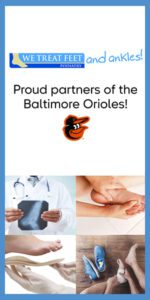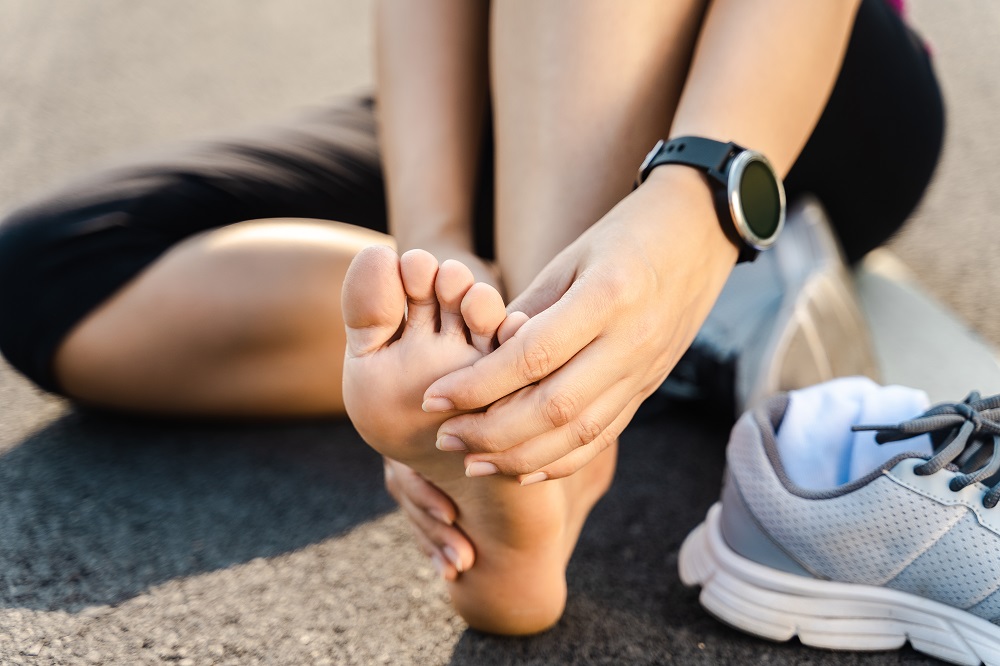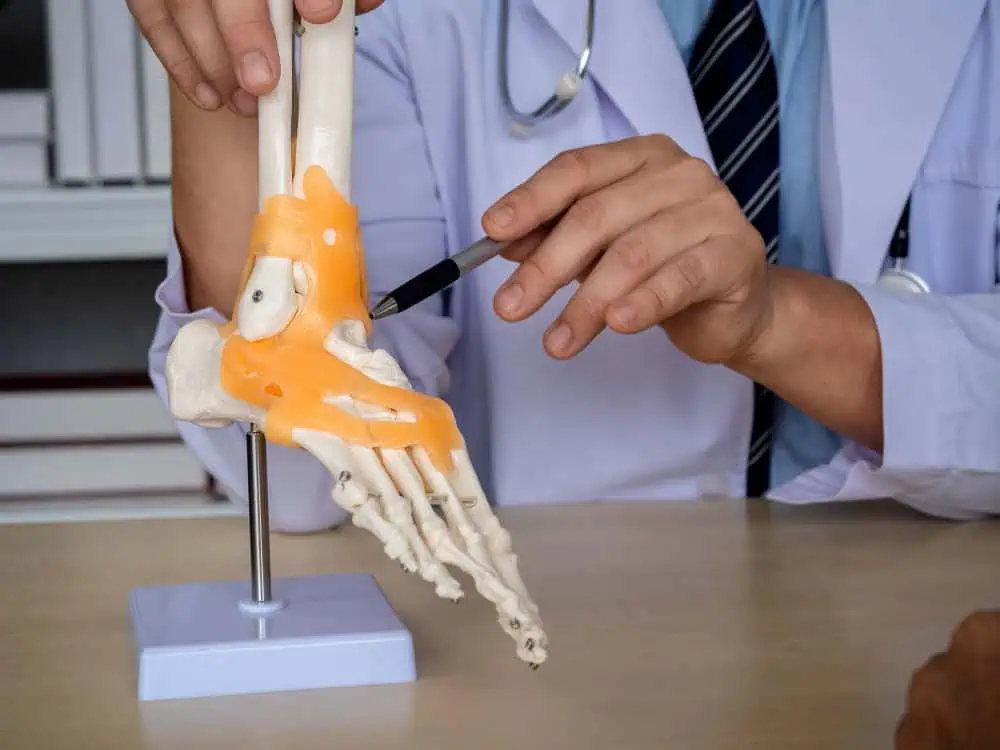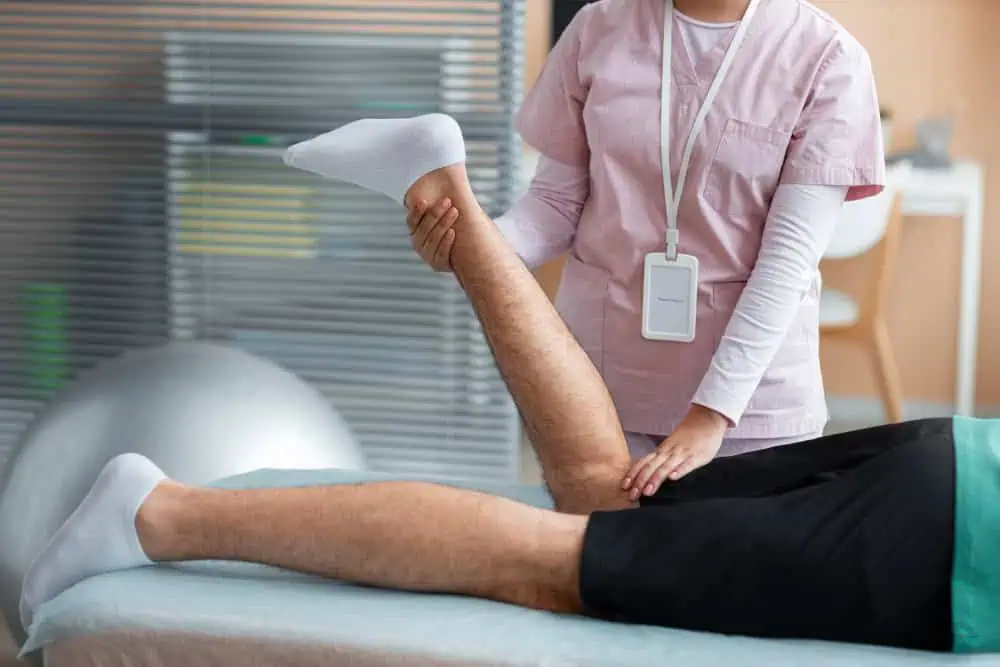
WeTreatFeet Podiatry treats Runners and Running Related Injuries

As a runner, taking care of your feet is essential for both performance and overall well-being. Neglecting foot care can lead to discomfort, pain, and even injuries that can sideline you from your favorite activity. In this blog post, we will explore some essential foot care tips that will help you keep your feet happy and healthy as you hit the pavement.
- Invest in Proper Running Shoes: One of the most crucial aspects of foot care for runners is investing in a pair of high-quality running shoes. Look for shoes that provide adequate support, cushioning, and stability. Make sure they fit well and replace them regularly to avoid worn-out soles that can lead to imbalances and injuries.
- Wear Moisture-Wicking Socks: Moisture-wicking socks are a game-changer for runners. They help keep your feet dry by absorbing sweat and preventing friction and blisters. Opt for socks made of breathable materials like merino wool or synthetic blends to keep your feet comfortable and blister-free.
- Practice Proper Foot Hygiene: Maintaining proper foot hygiene is crucial for preventing infections and other foot-related issues. Wash your feet regularly with mild soap and lukewarm water, paying special attention to the spaces between your toes. Dry your feet thoroughly, including the areas between your toes, to prevent moisture buildup that can lead to fungal infections.
- Trim Your Toenails Correctly: Trimming your toenails correctly is essential to prevent ingrown toenails and discomfort while running. Cut your nails straight across and avoid rounding the corners to reduce the chances of ingrowth. Trim them regularly, but not too short, leaving a small portion extending beyond the toe.
- Stretch and Strengthen Your Feet: Include foot stretches and strengthening exercises in your pre and post-run routines. Simple exercises like toe curls, calf raises, and ankle rotations can improve the flexibility and strength of your feet and lower legs, reducing the risk of injuries.
- Gradually Increase Mileage and Intensity: Avoid overexertion and prevent foot injuries by gradually increasing your mileage and intensity. Rapidly increasing your running distance or pushing too hard can lead to stress fractures, plantar fasciitis, or other overuse injuries. Listen to your body, and give yourself enough time to adapt to new challenges.
- Use Orthotics or Inserts if Needed: If you have specific foot conditions or imbalances, using orthotics or inserts can provide additional support and stability. Consult with a podiatrist or footwear specialist to determine if you could benefit from custom orthotics or over-the-counter inserts that cater to your specific needs.
FAQs:
How often should I replace my running shoes? On average, running shoes should be replaced every 300-500 miles or every 6-12 months, depending on your mileage and the wear and tear on the shoes.
Can I wear cotton socks while running? It’s best to avoid cotton socks while running as they retain moisture and can lead to blisters. Opt for moisture-wicking socks instead.
Taking care of your feet is vital for every runner. By following these essential foot care tips, you can maintain happy and healthy feet while enjoying your favorite activity. Invest in the right running shoes, wear moisture-wicking socks, practice good hygiene, and gradually increase your mileage. Remember to listen to your body and seek professional advice if needed. Your feet will thank you for the extra care and attention! If you need help keeping your feet in top running shape, call us at WeTreatFeet 410-363-4343




